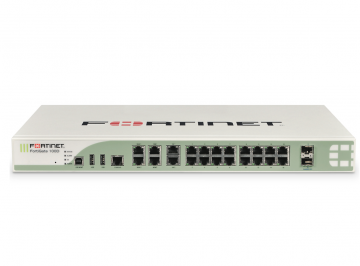
Newer FortiOS images disabled logging to the boot media to counteract high RMA rates. This was common in FortiGate 100Ds, as older FortiOS images allowed logging to disk, which would kill onboard flash or SSDs due to the high amount of read/write IO performed. Running a FortiOS image from memory, a “diagnose hardware deviceinfo disk” showed that the unit boots off a USB device.įrom this, we gather that the internal USB device has failed. HQIP tests show that the unit’s boot media is failed. Serial console on attempted boot showed multiple read/write errors. The unit would not take an image TFTP’d to it and run off built-in boot media. The unit would not boot from its built-in boot media. A bit of troubleshooting later, and we found out: The subject of this post is a Fortigate 100D that was dropped in our office with no prior information on what was wrong with it. Usually, this equipment is out of warranty, and the cost to bring it back under support is not worth the cost for its age or usability. My employer, being a partner, occasionally gets “possibly dead, we already replaced it, see if you can do something with it” equipment from our clients and customers. With that out of the way, hello r/Fortinet! I work for a Fortinet partner in the Midwest. If your unit boots off built-in Compact Flash, the methods below may not apply to that unit.Īlso, big thanks to my coworker and fellow Fortinet cert-holder for his assistance in troubleshooting and brainstorming! The following applies to Fortigates booting off SATA or internal USB. I am not responsible for any damage, injuries, or deaths that may occur while performing the actions detailed below.

Opening your FortiGate, any with internal PSUs, exposes you to the risk of electrocution, injury, and of course damaging the Fortigate itself. My actions are not endorsed by Fortinet Inc. You may run into issues trying to RMA the device.

Do not open your Fortigate if you plan on RMAing it anytime in the future.


 0 kommentar(er)
0 kommentar(er)
